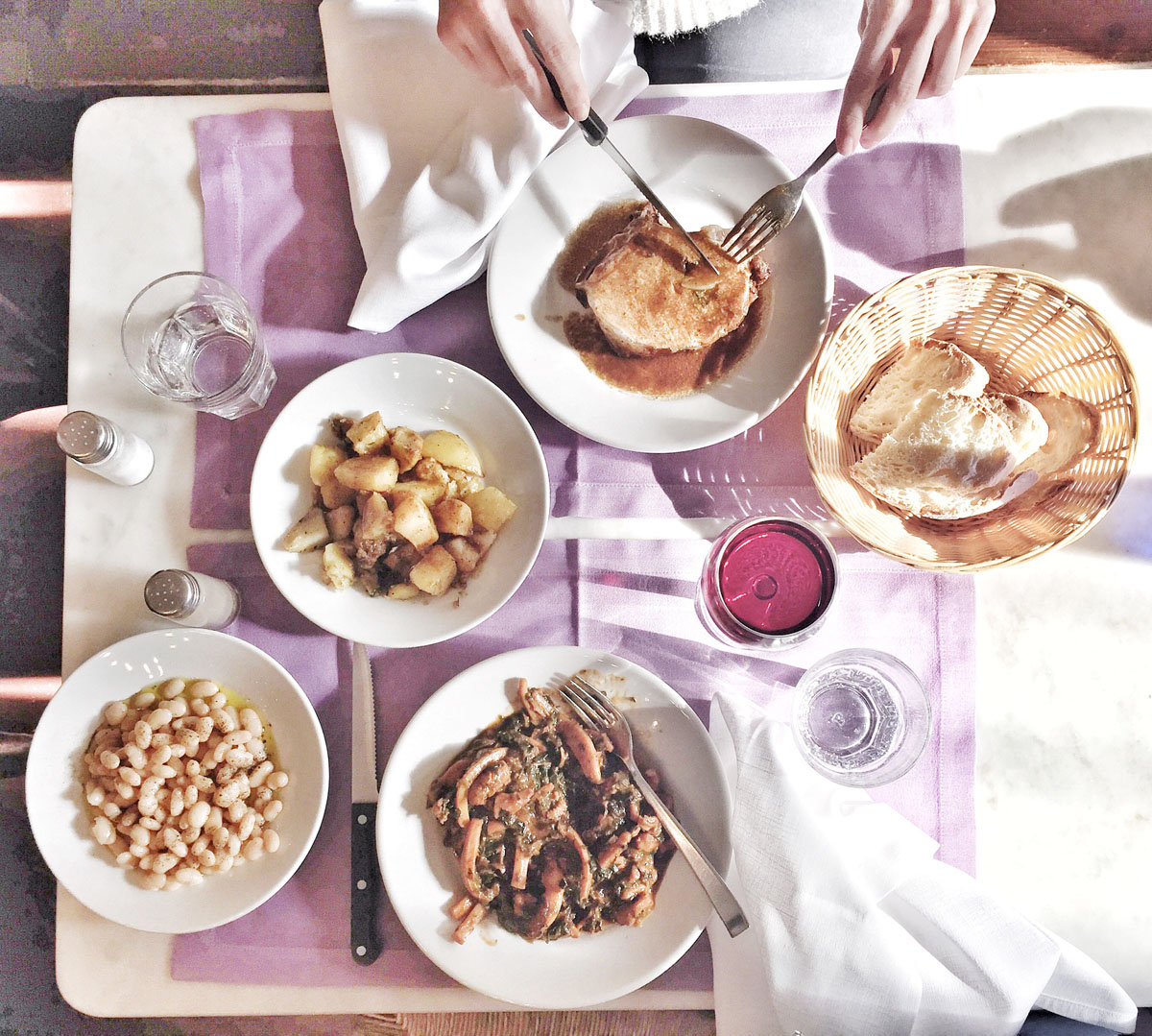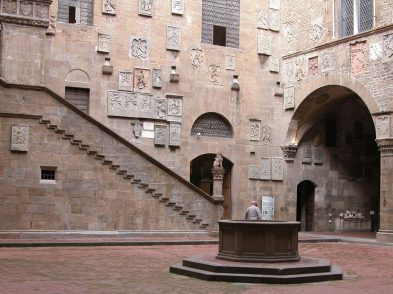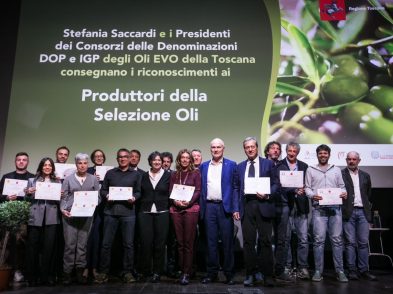My introduction to cucina casalinga begins in a small sunny kitchen in Santa Croce, with a view of the Palazzo Vecchio just behind my shoulder. Polenta and polpettine are nearly ready and Chianti has been opened when that typical question arises, “What’s the biggest difference you’ve noticed between Italian and Australian culture?”
As children are called a tavola, I see the question’s answer all around us. The difference is not the food—despite having been told I come from the antipodi, you can find polpettine and polenta in Australia. While I am still in awe of Italy’s delicate pizza toppings and crispy cotoletta, it is this Sunday lunch with la famiglia that strikes me more.

Ph. Marco Badiani
At first I am vain enough to think our two-course meal, complete with caffè and crostini, has been prepared just for me. It takes a second impromptu lunch invitation to realise I am not that special: this is a tradition that endures regardless of guests. Hours spent shopping for verdure at the local market and filling tender pieces of meat with mozzarella for involtini are a show of love for food and for family. Amid a busy weekend of comings and goings, lunch is a Sunday centrefold that draws relatives back together before they continue their individual days.
Despite the fact that exams are looming for the family’s adolescent children, our long lunch is not abbreviated. I think of the times I have scoffed a sandwich in my room while swotting for exams, ignoring my parents’ advice that it is okay to stop for meal breaks. Across this Tuscan table, in between chatter, banter and brothers teasing sisters, I see advice given and worries pacified. When the teenagers do return to their desks, smiling, the restorative power of social interaction seems to make their essays and assignments a little bit more bearable. Taking a pausa to reflect on the week, talking and joking with your nearest and dearest appears to be as healthy as the steaming spinaci and melanzane we have eaten, and infinitely more productive than relentless cramming.
The importance of dedicating time to food is ever-present at the office, too. At 1pm there is a cry of si mangia? as placemats are pulled from kitchen cupboards and a queue for the microwave starts to form. Just as many Italian offices still follow the tradition of going home for lunch, our conversations, as we trade stories and share experiences, take us beyond office walls. The invitation to pull up a chair helps my sense of belonging in this new community grow, emphasising how both physical and emotional nourishment intertwine through a shared meal.

What is it that makes Florentines want to preserve “meal time” from the clutches of on-the-run-eating, television dinners and takeaway? Maybe it is a religious ritual. Artists from Vasari to Ghirlandaio have left their depictions of the “Last Supper” around Florence, reminding us how eating together has biblical origins. Then there are more practical reasons. While in Australia a workday pranzo usually consists of a thrown-together sandwich or a takeaway wrap, in Italy I spy home-made, home-loved pasta and sugo recipes squeezed into Tupperware containers. These are dishes that take time to prepare, to eat, to enjoy: why would you not want to share the experience with others?
This love of eating together could, however, be more sociological, stemming from that human desire for routine and solidarity. We seek comfort in the knowledge that despite the uncertainty and unpredictability the day may bring, lunchtime, and the family and friends who come with it, are fixed.
Whatever the reason, in Italy, eating is given a sacredness that I fear has been lost back home. In Australia we eat while working, we eat in the street, we eat in the car (do not try it with couscous—it does not work). During hectic weeks, food is degraded to mere sustenance instead of something to be enjoyed. That is not to say Florentines are not just as busy or their deadlines are less pressing. Yet, they recognise the importance of stepping away from the laptop, and remember how having a laugh over lasagne can re-energise and re-inspire you for hours of afternoon work.
Italy has stirred in me a deeper appreciation of prosciutto and produce, and I’d like to think that Saturday morning strolls through Sant’Ambrogio market will inspire more creative culinary habits when I return home. Whether or not I manage to replicate hearty ribollita or penne all’arrabbiata, Florence has taught me that the experience of eating, not just the food itself, is something to be savored.







